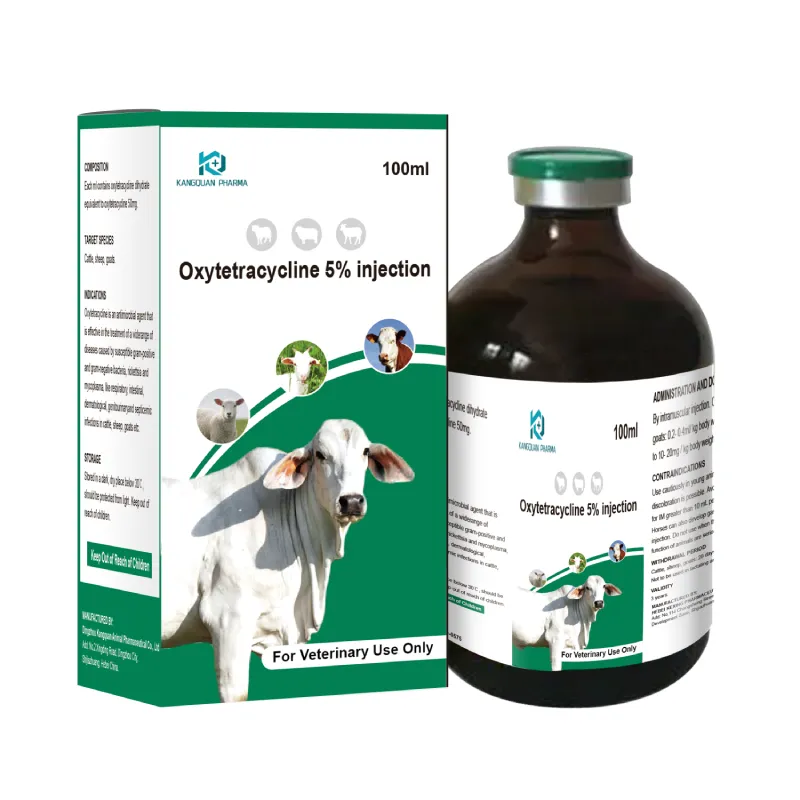- Afrikaans
- Albanian
- Amharic
- Arabic
- Armenian
- Azerbaijani
- Basque
- Belarusian
- Bengali
- Bosnian
- Bulgarian
- Catalan
- Cebuano
- Corsican
- Croatian
- Czech
- Danish
- Dutch
- English
- Esperanto
- Estonian
- Finnish
- French
- Frisian
- Galician
- Georgian
- German
- Greek
- Gujarati
- Haitian Creole
- hausa
- hawaiian
- Hebrew
- Hindi
- Miao
- Hungarian
- Icelandic
- igbo
- Indonesian
- irish
- Italian
- Japanese
- Javanese
- Kannada
- kazakh
- Khmer
- Rwandese
- Korean
- Kurdish
- Kyrgyz
- Lao
- Latin
- Latvian
- Lithuanian
- Luxembourgish
- Macedonian
- Malgashi
- Malay
- Malayalam
- Maltese
- Maori
- Marathi
- Mongolian
- Myanmar
- Nepali
- Norwegian
- Norwegian
- Occitan
- Pashto
- Persian
- Polish
- Portuguese
- Punjabi
- Romanian
- Russian
- Samoan
- Scottish Gaelic
- Serbian
- Sesotho
- Shona
- Sindhi
- Sinhala
- Slovak
- Slovenian
- Somali
- Spanish
- Sundanese
- Swahili
- Swedish
- Tagalog
- Tajik
- Tamil
- Tatar
- Telugu
- Thai
- Turkish
- Turkmen
- Ukrainian
- Urdu
- Uighur
- Uzbek
- Vietnamese
- Welsh
- Bantu
- Yiddish
- Yoruba
- Zulu
Nov . 11, 2024 09:23 Back to list
sulfate gentamicin
Understanding Sulfate Gentamicin Applications, Uses, and Mechanisms
Gentamicin is an aminoglycoside antibiotic that has been widely used in treating various bacterial infections. One specific formulation, sulfate gentamicin, is particularly significant in clinical applications due to its stability and efficacy. This article delves into the properties, uses, and mechanisms of action of sulfate gentamicin, shedding light on its importance in modern medicine.
What is Sulfate Gentamicin?
Sulfate gentamicin is a form of gentamicin, a naturally occurring antibiotic derived from the bacterium Micromonospora purpurea. This antibiotic is particularly effective against a range of Gram-negative bacteria, including Pseudomonas aeruginosa and Escherichia coli, which are often resistant to many other antibiotics. The sulfate salt form enhances the solubility and stability of gentamicin, making it suitable for various formulations, including injectable and topical preparations.
Mechanism of Action
Gentamicin works by inhibiting bacterial protein synthesis. It binds to the 30S ribosomal subunit of bacteria, interfering with the process of translation. This binding disrupts the reading of mRNA, leading to the production of faulty proteins that ultimately impair bacterial cell function. Given its mechanism, gentamicin is primarily bactericidal, meaning it kills bacteria rather than merely inhibiting their growth. This action is particularly potent against aerobic Gram-negative bacteria.
Clinical Applications
Sulfate gentamicin is utilized in numerous clinical settings due to its broad-spectrum activity
. Its primary applications include1. Severe Infections It is often employed in the treatment of serious infections caused by susceptible organisms, especially in hospitalized patients with conditions like sepsis, pneumonia, and urinary tract infections.
2. Combination Therapy Sulfate gentamicin is frequently used in combination with other antibiotics to enhance its efficacy and cover a broader range of pathogens. This is especially crucial in treating infections caused by multi-drug resistant bacteria.
sulfate gentamicin

3. Topical Applications In addition to systemic uses, sulfate gentamicin can be formulated in creams and ointments for topical application. This is particularly useful in treating skin infections and can be effective against infections in wounds or burns.
4. Ophthalmic Uses Gentamicin sulfate eye drops are formulated to treat bacterial eye infections, showcasing the drug's versatility in treating localized infections.
Safety and Side Effects
While sulfate gentamicin is an effective antibiotic, it is not without potential side effects. The most notable risks associated with gentamicin include nephrotoxicity and ototoxicity. Nephrotoxicity refers to the potential damage to the kidneys, especially in patients with pre-existing renal impairment or in cases of prolonged use. Ototoxicity can lead to hearing loss or balance disorders, particularly with high doses or prolonged therapy.
Because of these risks, healthcare providers typically monitor renal function during treatment, particularly in patients receiving high doses or in conjunction with other nephrotoxic drugs. Moreover, dosage adjustments are often necessary for patients with impaired kidney function to mitigate these risks.
Resistance Issues
Another critical concern in the use of sulfate gentamicin is the emergence of antibiotic resistance. Over the years, the misuse and overuse of antibiotics have led to increased resistance among bacteria, rendering some infections harder to treat. Therefore, it's vital for healthcare providers to prescribe gentamicin judiciously and to consider susceptibility testing when initiating treatment.
Conclusion
Sulfate gentamicin remains a cornerstone in the treatment of serious bacterial infections, especially in the hospital setting. Its ability to combat a variety of Gram-negative pathogens and its application in both systemic and topical formulations underscore its importance in medical practice. However, careful consideration of its side effects, potential toxicity, and the growing concern of antibiotic resistance are essential in ensuring safe and effective treatment. Continued research and development in antibiotic stewardship will be critical in preserving the efficacy of sulfate gentamicin and other antibiotics for future generations.
-
Guide to Oxytetracycline Injection
NewsMar.27,2025
-
Guide to Colistin Sulphate
NewsMar.27,2025
-
Gentamicin Sulfate: Uses, Price, And Key Information
NewsMar.27,2025
-
Enrofloxacin Injection: Uses, Price, And Supplier Information
NewsMar.27,2025
-
Dexamethasone Sodium Phosphate Injection: Uses, Price, And Key Information
NewsMar.27,2025
-
Albendazole Tablet: Uses, Dosage, Cost, And Key Information
NewsMar.27,2025













